- Home
- Asphalt, Civil Engineering & Construction
- Product lineup
- Highly durable asphalt modifier made from waste PET NEWTLAC 5000
- Development history - NEWTLAC 5000
Development history - NEWTLAC 5000
![]()
Beginning of research into an asphalt modifier
To date, Kao has been marketing products that improve the workability of concrete utilizing its unique interfacial technology.We then received a request from a road construction company to give asphalt the same strength as concrete. More durable asphalt means less road repairs, less traffic congestion and less CO2 emissions.Research got underway with the hefty aim of contributing to society and the environment; however, we faced significant challenges in developing a material that could withstand a variety of environmental conditions.
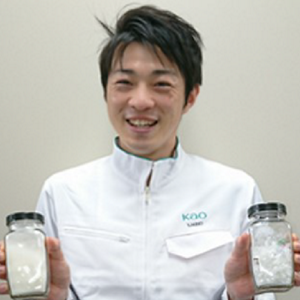
秋野 雄亮 | Yusuke Akino
Team Leader, Performance Chemicals Research
Responsible for structural design of NEWTLAC.
The key to resolve this problem came from Spain.
A group company in Spain, a pioneer in research on asphalt pavement, had made a new discovery. This was a test result revealing that "thermoplastic resin" used in toner production for copiers, etc. was effective in improving pavement durability.Based on this result, our research team in Japan commenced full-scale research into asphalt modifiers, and proceeded with research and development, including the analysis of thermoplastic resins, optimal molecular weights and the design of polymer skeletons.

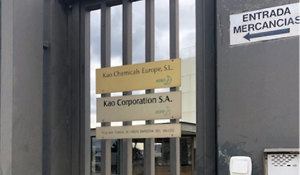
A process of trial and error
However, when the resulting prototype modifier was added to the pavement, it was too hard to work with, and cracks appeared after cooling, failing to provide the results we had anticipated in the laboratory. In order to resolve this problem, we went through a series of repeated testing, adjusting the molecular weight and polymer skeleton.And in 2018, at the end of a long process of trial and error, we succeeded in completing the first asphalt modifier made using polyester, NEWTLAC 2500. By increasing compatibility between the asphalt and aggregate, we succeeded in achieving durability that was approximately five time greater than standard pavement.

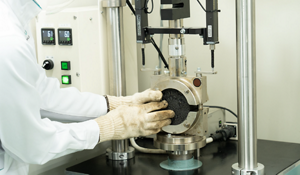
Effective use of waste PET and environmental challenges
In response to social demands, Kao made a change to its management policy to focus on contributing to social sustainability. There was growing momentum to switch existing products to products that were more environmentally friendly. The idea of using waste PET as a part of raw materials emerged during discussions. Kao has been researching ways to shorten polyester production processes using PET for more than 20 years. We believed that by applying this research, we could contribute to the reduction of waste PET, something that was becoming a social issue.
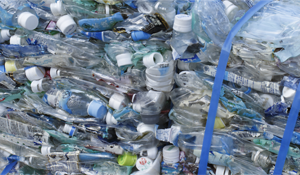
The birth of NEWTLAC 5000 - A product that combined high performance with environmental conservation
Simply incorporating waste PET did not deliver the fundamental durability of NEWTLAC. There was also the matter of uncertainty as to the acceptable degree of contamination from impurities contained in waste PET when the product was commercialized.As a result, we set about designing a polymer skeleton that provided maximum properties while using the largest amount of waste PET, and through a process of repeated performance evaluations, succeeded in determining the optimum amount of waste PET and acceptable levels of impurities. After two years of toil, we developed NEWTLAC 5000 made from waste PET while maintaining the performance of NEWTLAC 2500.
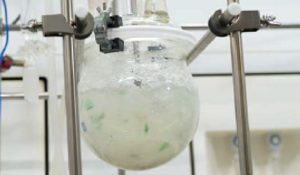

"Kao's product development delivers customer satisfaction, which in turn contributes to society."It was based on this idea that we as researchers made frequent visits to test sites to engage in talks with our customers to deliver this product. The result was NEWTLAC 5000.
- Home
- Asphalt, Civil Engineering & Construction
- Product lineup
- Highly durable asphalt modifier made from waste PET NEWTLAC 5000
- Development history - NEWTLAC 5000

